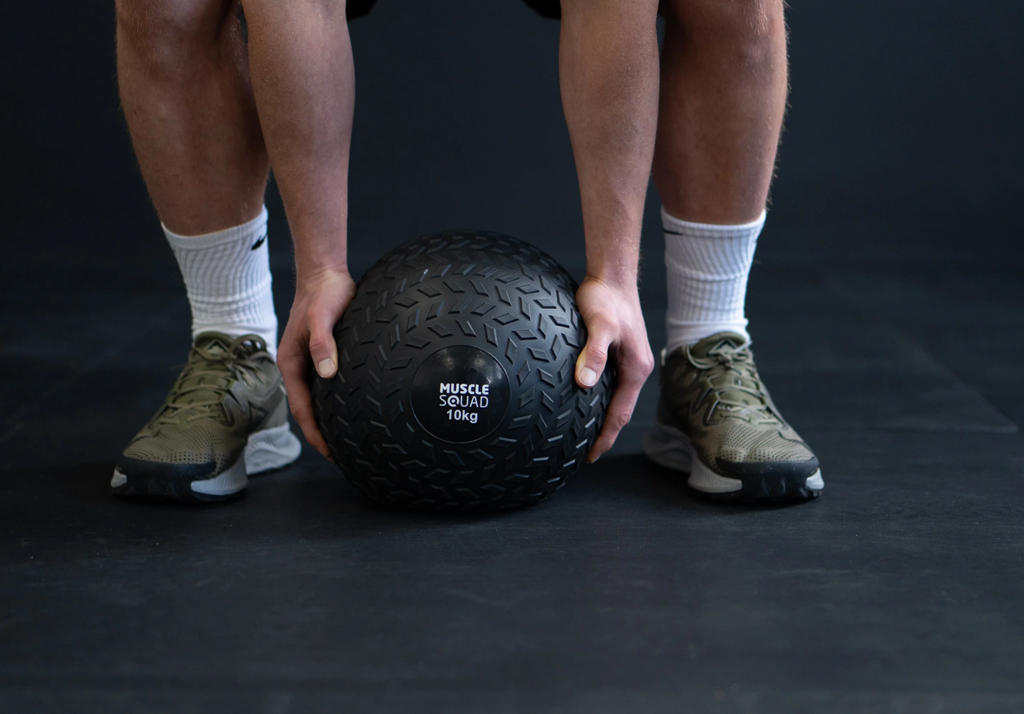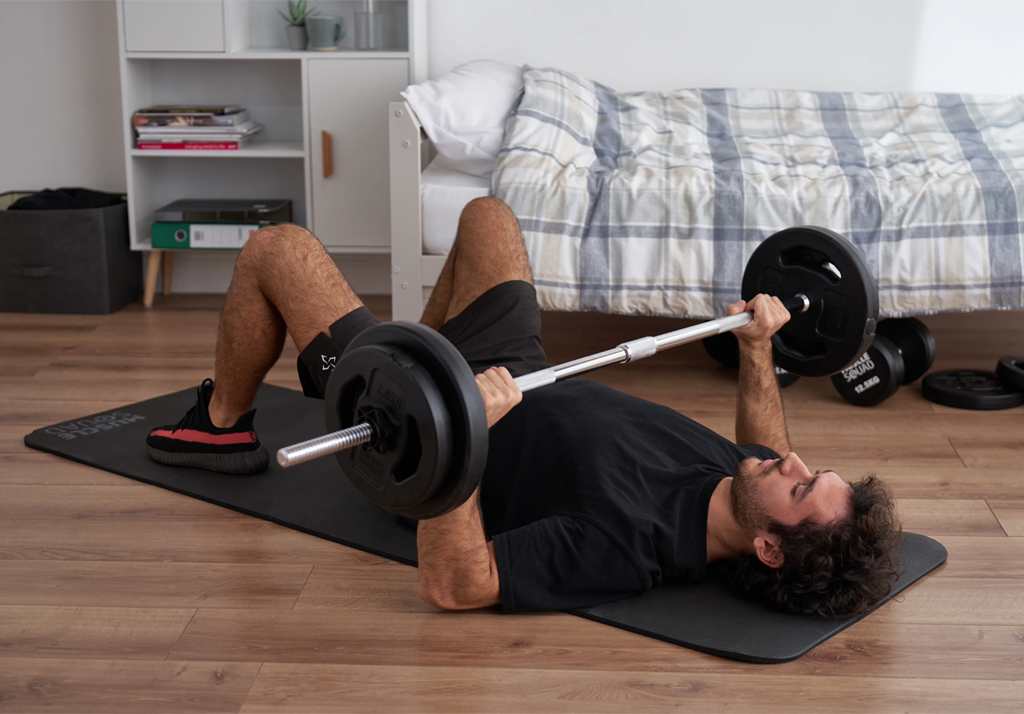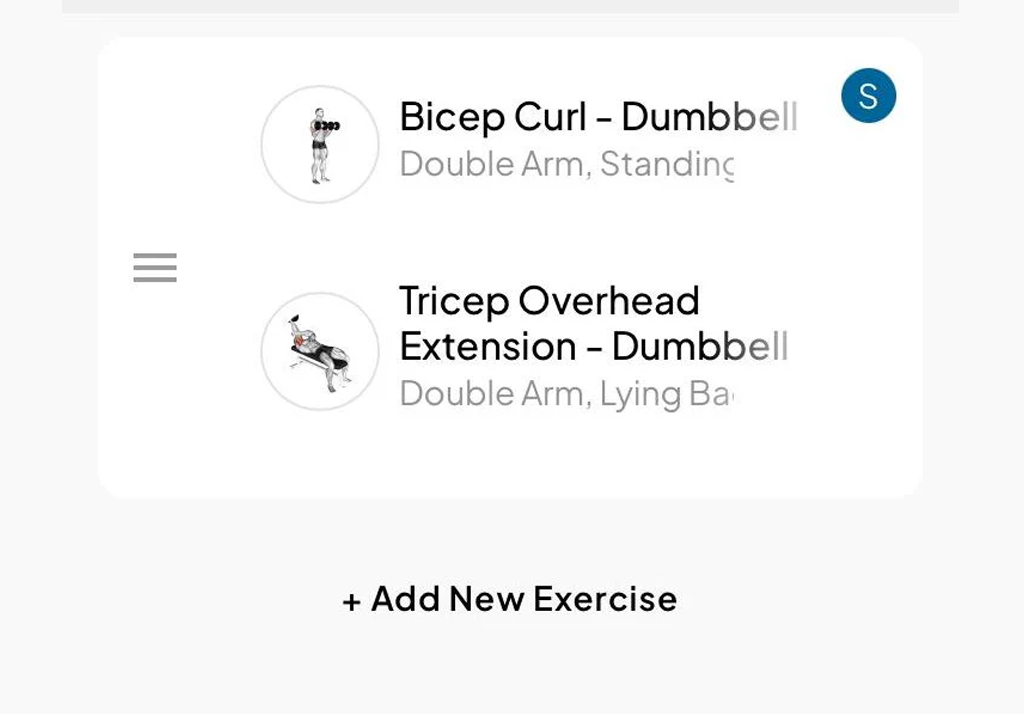What is Strength?
In relation to fitness, strength is technically the amount of force a person can output (or withstand). This is shown by the amount of weight someone can lift, whether free weights or via a bench press.
Everyone wants more strength, of course, and the best way to get to that is by something known as strength training. This is not an overnight endeavour and requires precise consistency to achieve. This training is all about building your muscle mass and making them bigger, all with the mission of lifting more and having more force.
There's no cardio involved and it's all about compact and compound movements to work multiple muscle groups in a focused way. As the muscle groups develop, it helps to make the workouts easier and safer as your body is able to adapt.
What are some of the benefits of strength training?
Training your muscles to be stronger and more responsive helps across the board. As a result, you'll feel stronger and healthier and improve your muscle-to-fat ratio. At the same time, all those proper techniques you've been doing will pay off when you play sports, as your body is already adjusted to the exertion and already has more power to provide through the muscles.
For example, if you work on your leg muscles, you'll see yourself sprinting faster and jumping higher. If you work on your arm muscles, your throws and passes will go faster and stronger. And when you focus on your core muscles, you'll have better overall balance and agility throughout your body.
With more muscle mass, your chances of injury go down because your muscles are there to support whatever activity you're trying to do when it comes to putting stress and pressure on it. In addition, you're going to look fantastic, which helps provide a healthy boost of confidence and motivation to keep on going.
How Does One Train for Strength?
First of all, it's important, especially as beginners, to work on technique over anything else. Don't simply run to the first gym you see; grab the heaviest free weights you feel you can lift and start doing curls improperly.
Before you know it, you'll be out of the gym with an injury and losing precious time to develop your muscles. So once you learn good form and technique, start with a comfortable weight that doesn't immediately feel like a strain. Don't worry how low it is; the whole point is to work your way up.
The more you practice these motions, and the more often you do them safety with great form, the faster your muscles will develop. You'll notice differences within weeks, and you can then safely increase your weight. Your body will adapt to the new levels, you continue on for a few weeks, and voila, you're lifting even heavier weights!
Now that you've mastered form and technique, you want to master something called progressive overload. This is a technique hinted at above. It's where you slowly increase your weight and repetitions every time you head to the gym. A great example is if you're lifting weights that are 10kg each and you do 10 reps two times (or sets), then you want to increase the weights, reps and sets the next week just slightly and more after that. So within a few weeks, you're doubling your weights and reps and thus improving your strength training.
How Do You Measure Muscular Strength?
The one-repetition maximum test, also called a one-rep max or 1RM, is used to find out the heaviest weight you can lift just once (but not twice). When you’re designing your resistance training program, you use different percentages of your 1RM, depending on whether you’re lifting to improve muscular strength, endurance, hypertrophy, or power. You can also do multiple-repetition tests and use them to figure out your 1RM. This is a good option if you’re lifting by yourself and don’t have someone to spot you. Aim to test your 1RM every 12 weeks, you don't actually need to test it very often. Many professionals or experienced lifters only test it once or twice a year. This means you can work to a structured program that progressively overloads your muscles and includes plenty of time for rest and recovery.
What Equipment Is Required For Strength Training?
Keep it simple here. Start with body weight (such as doing squats or push-ups). Then you can move up to free weights such as dumbbells or kettlebells and resistance bands. Get your muscles in a decent working state this way before you move onto anything, such as bench presses or deadlifts.

 Oct 17, 2022 - Chris Billingham
Oct 17, 2022 - Chris Billingham


Leave a comment: